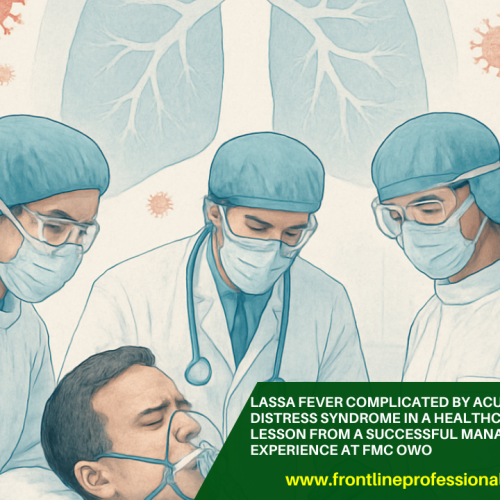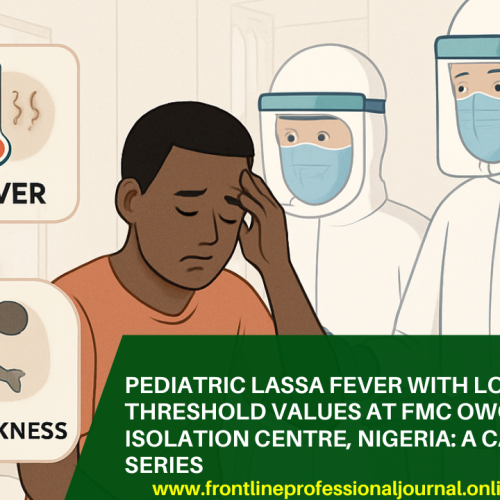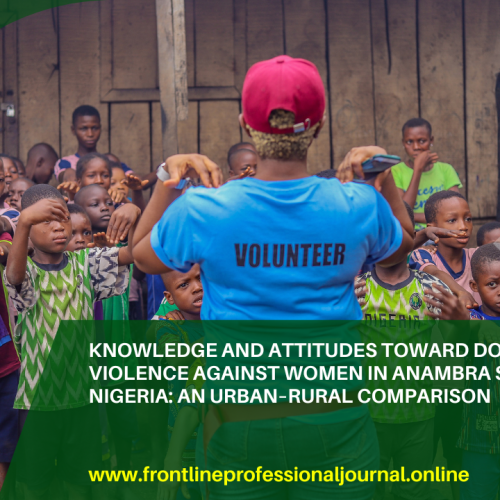Abdullahi Hassan, Shehu Usman Muhammad. Usman Mustapha, Abdulkareem Kasim, Salihu Habibullah, Okeke, Gerald Anayo, Charles Karanja Wanjiku, Zainab Babajo
ABSTRACT
Background: Hospital infections (HAIs) pose a significant threat to patient safety and increase healthcare costs, particularly in low- and middle-income countries like Nigeria. This review synthesize evidence from peer-reviewed literature (2000-2025) on the KAP of HCWs towards HAI prevention in Nigerian tertiary hospitals, identify barriers and facilitators influencing IPC compliance, and provide context on HAI prevalence and impact in this setting.
Methods: A narrative synthesis approach of Peer-reviewed articles, reviews, and reports published between January 2000 and May 2025 focusing on HCW KAP regarding HAI/IPC in Nigerian tertiary hospitals were identified through targeted searches. Data on KAP levels, specific practices, variations across cadres, barriers/facilitators, and HAI context (prevalence, types, and impact) were extracted and synthesized thematically. No formal protocol registration was undertaken for this narrative synthesis.
Results: HCWs generally demonstrated adequate-to-good knowledge (median scores often >90% in some studies and positive attitudes (median scores >90% towards IPC. However, critical knowledge gaps exist, particularly concerning sharps safety (e.g., only 47.7% knew sharps should never be recapped and specific hand hygiene applications. A significant “KAP gap” was evident, with practice levels (median score 50.8% in one study lagging considerably behind knowledge and attitudes. Specific practice deficiencies included inconsistent hand hygiene, alarmingly high rates of needle recapping (e.g., 33.7% usually recap 95.1% of doctors in another study, variable PPE use often linked to availability, and poor waste management. KAP levels varied by HCW cadre and experience, with junior staff often showing lower scores. Key barriers identified were predominantly systemic: resource constraints, inadequate staffing/high workload, training deficiencies, weak institutional support/governance, and inadequate infrastructure and policy implementation gaps. Facilitators included resource availability, effective training, leadership support, functional IPC infrastructure, and monitoring/feedback.
Conclusion: Improving HAI prevention in Nigerian tertiary hospitals requires a multi-faceted approach prioritizing the resolution of systemic barriers alongside reinforcing HCW knowledge and positive attitudes through effective, practical training and supportive institutional policies.







